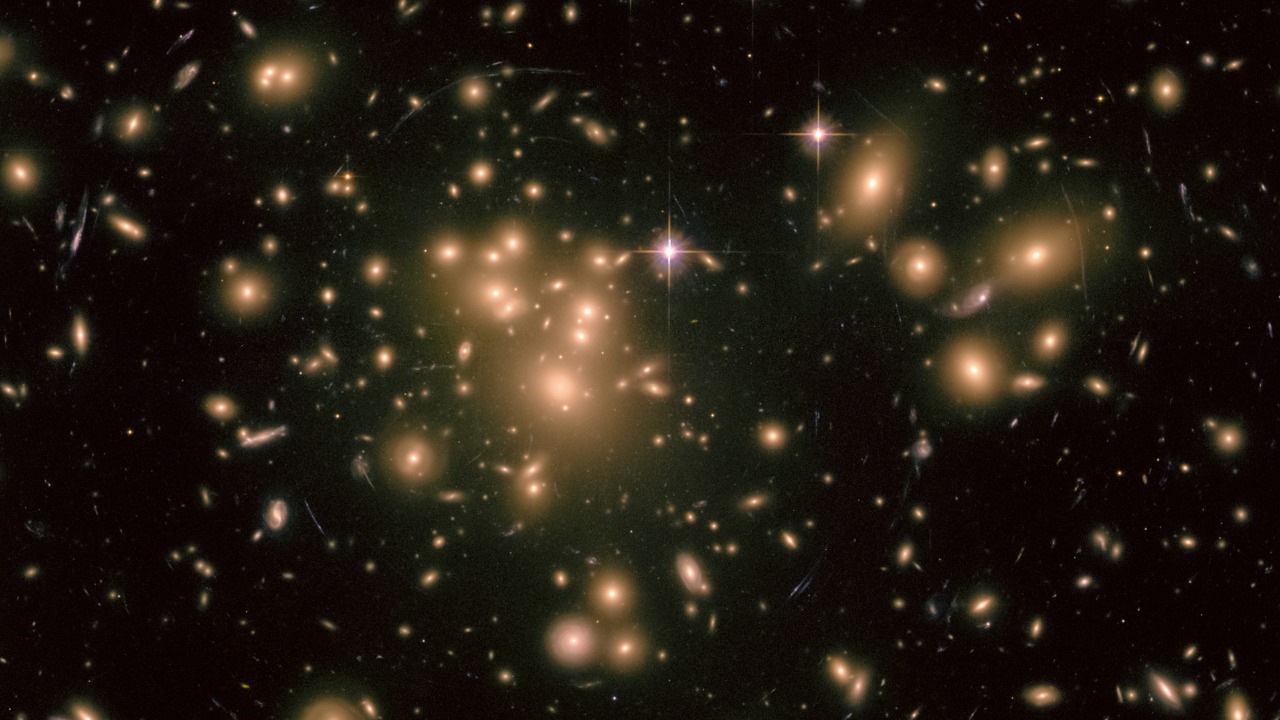
Recent studies suggest a revolutionary perspective on dark matter, proposing that it behaves like a cosmic superfluid, flowing dynamically and forming vortex lines within galaxies. This challenges traditional views of dark matter’s static nature and offers fresh insights into the unseen forces shaping the cosmos.
Understanding Dark Matter Basics
Dark matter, an invisible component, is estimated to constitute about 85% of the universe’s mass. Its existence is inferred from its gravitational effects on visible matter. Traditional models have treated dark matter as cold and collisionless particles that clump into halos around galaxies, devoid of any fluid-like motion. However, these models have limitations, particularly in accounting for observed galactic rotation curves and structure formation.
Introduction to Superfluid Dynamics
Superfluids are quantum states of matter with zero viscosity, allowing them to flow without friction. This phenomenon is observed in laboratory experiments with helium at low temperatures. The concept of a cosmic superfluid extends this understanding to dark matter, suggesting that it flows coherently on large scales rather than remaining static. A recent study underscores this shift from stillness to dynamic behavior.
Evidence for Dark Matter as a Superfluid
Simulations have shown dark matter particles behaving like waves in a superfluid, leading to coherent flows that mimic observed galactic phenomena. This superfluidity could resolve discrepancies in galaxy cluster dynamics, where dark matter appears to respond fluidly to gravitational perturbations. The recent findings on dark matter’s non-static nature emphasize its timely relevance to ongoing cosmic models.
Vortices in Ultralight Dark Matter Halos
Ultralight dark matter is composed of bosons with masses around 10^-22 eV, forming wave-like halos that support quantized vortices similar to those in superfluids. These vortices manifest as density dips or lines within galactic halos, potentially influencing star formation and orbital speeds. A study provides evidence of structural insights from such features.
Formation of Vortex Lines in Galaxies
Rotating dark matter halos generate vortex lines, analogous to whirlpools in a fluid, stabilizing galactic disks. Theoretical models predict vortex densities based on galaxy rotation rates, aligning with observations from spiral galaxies. The recent findings on dark matter’s fluid behavior support vortex stability over cosmic timescales.
Implications for Cosmic Structure
Superfluid dark matter with vortices could explain the distribution of galaxies in the cosmic web, offering better matches to large-scale surveys. Observational tests, such as detecting vortex-induced gravitational lensing or perturbations in stellar velocities within galaxies, could provide further evidence. The research on ultralight halos offers clues on how vortices contribute to the universe’s filamentary structure.
Challenges and Future Research Directions
Despite these promising insights, there are potential criticisms, including the need for direct detection of superfluid signatures amid competing dark matter candidates like WIMPs. Upcoming experiments, such as those using atomic interferometers or next-generation telescopes, could probe vortex effects in nearby galaxies. The integrated timeline of recent studies and findings paves the way for refined models of the cosmos.